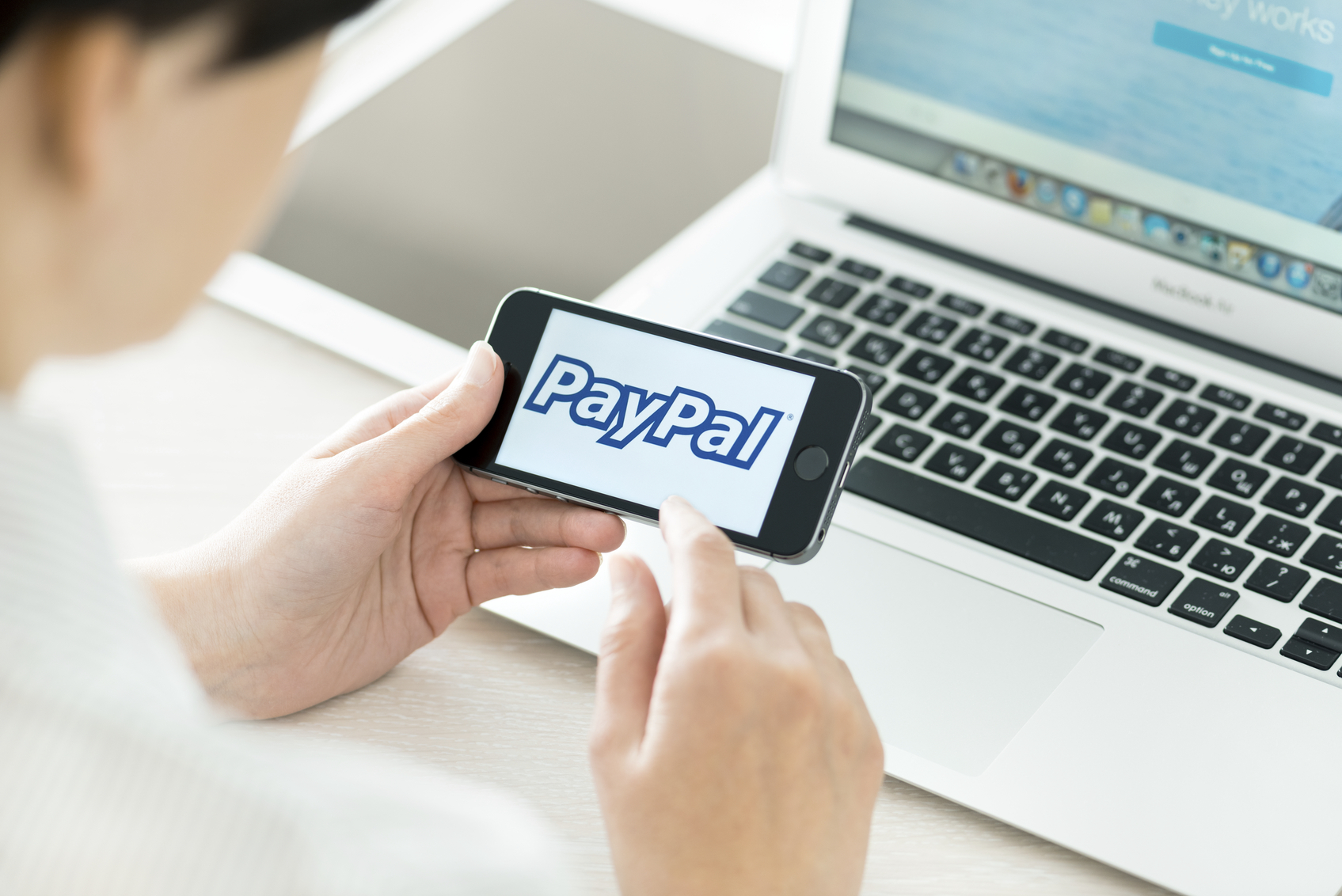What Happened
PayPal ventures deeper into the world of conversational services by launching its first branded bot on team communication platform Slack. Designed to facilitate easy peer-to-peer payments among coworkers and friends, the PayPal bot let Slack users send and receive up to $10,000 with one simple message of the shortcode “/paypal” and a Slack user handle. The bot is now available to Slack users in the U.S., Canada, Australia, and the U.K.
Although this is its first entry into branded chatbot, PayPal is no stranger to conversational platforms. Last October, PayPal joined Facebook Messenger’s beta program to allow bots to accept payments via its service. A month later, it integrated with Siri to let iOS users send and receive p2p payments via voice command.
What Brands Need To Do
Slack currently enjoys five million daily active users and 1.5 million paying subscribers. While that pales in comparison to Messenger’s one billion monthly active users, Slack’s unique positioning as a popular workplace chat app gives it an edge to help brands reach a certain upscale, professional demographic at work. Thanks to semi-open productivity tools like Slack, the workplace is becoming newly accessible to brands. While it’s an obvious place for B2B brands to explore, it may also make sense for some consumer-facing brands to reach their target audience in a work context.
How We Can Help
Based on our extensive experience in building branded chatbots to reach consumers, the Lab has developed a dedicated conversational practice called Dialogue. The NiroBot we built in collaboration with Ansible for Kia is a good example of how Dialogue can help brands build a chatbot experience supercharged by our stack of technology partners with best-in-class solutions and an insights engine that extracts business intelligence from conversational data. If you’re interested in learning more about this or have a client opportunity, please reach out to our Client Services Director Samantha Holland ([email protected]) to schedule a visit to the Lab.
Source: VentureBeat

